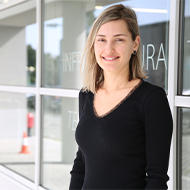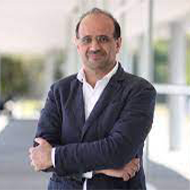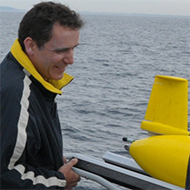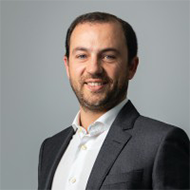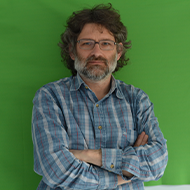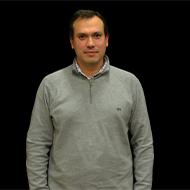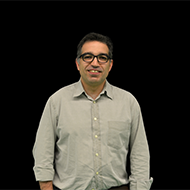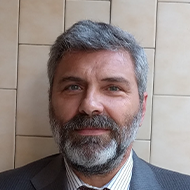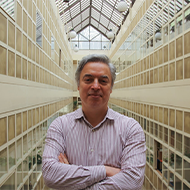Field Equipment
Most of the infrastructure’s equipment is distributed through its several laboratories. However, given the nature of TEC4SEA’s mission, there is a set of field equipment to support sea-going missions, ranging from multibeam sonars to heavy bottom landers, acoustic location systems, hydrophone arrays, acoustic sources, buoys, and several robotic platforms of various shapes and capabilities. The deployment and operation of this equipment is supported by a small flotilla of (local and coastal) vessels, which ensures mission support of missions up to four-days, at a distance of up to 60 NM from land (corresponding to depths of up to 4500 meters), and a set of trailers to ensure equipment transport from lab to sea.
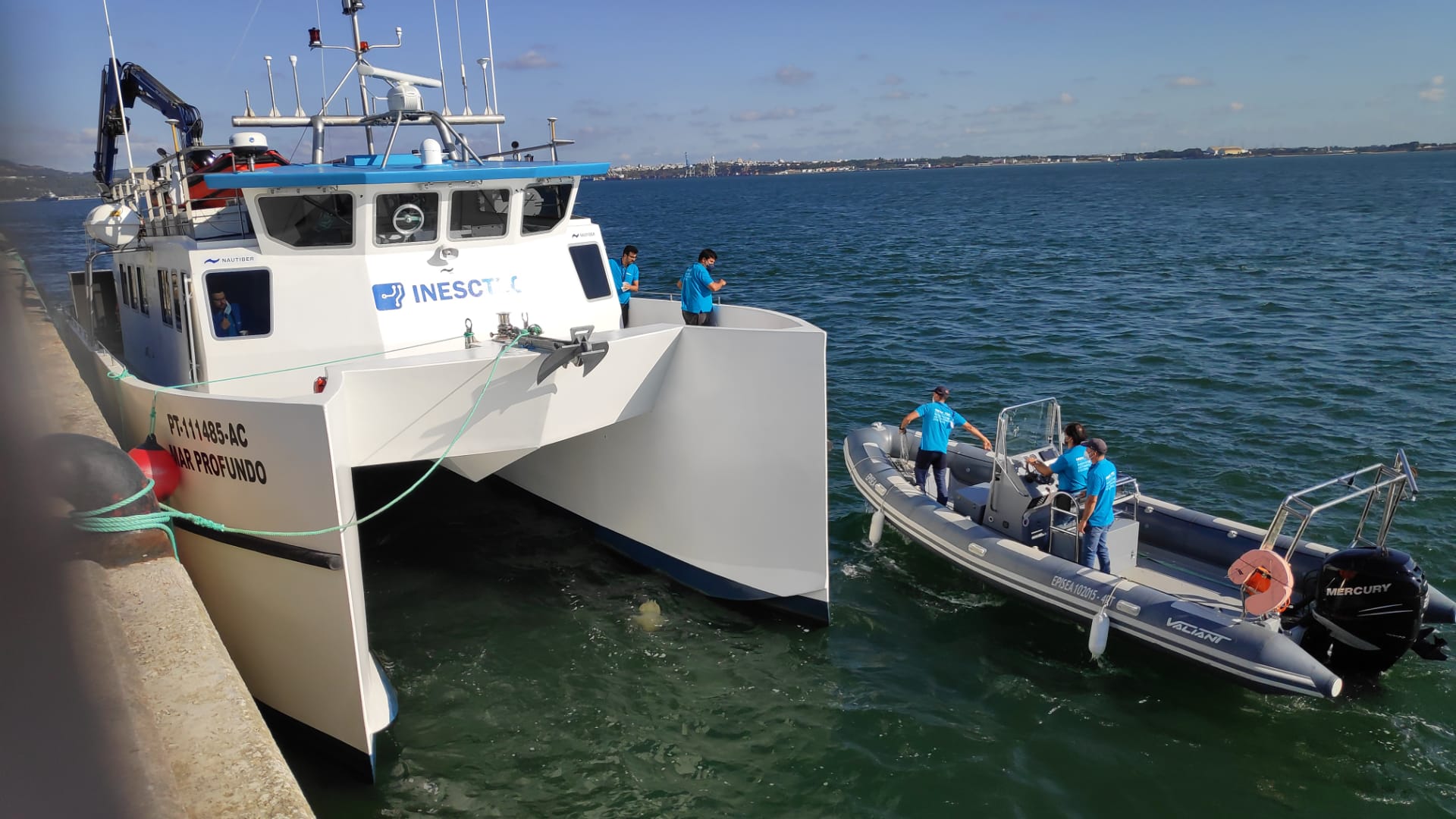
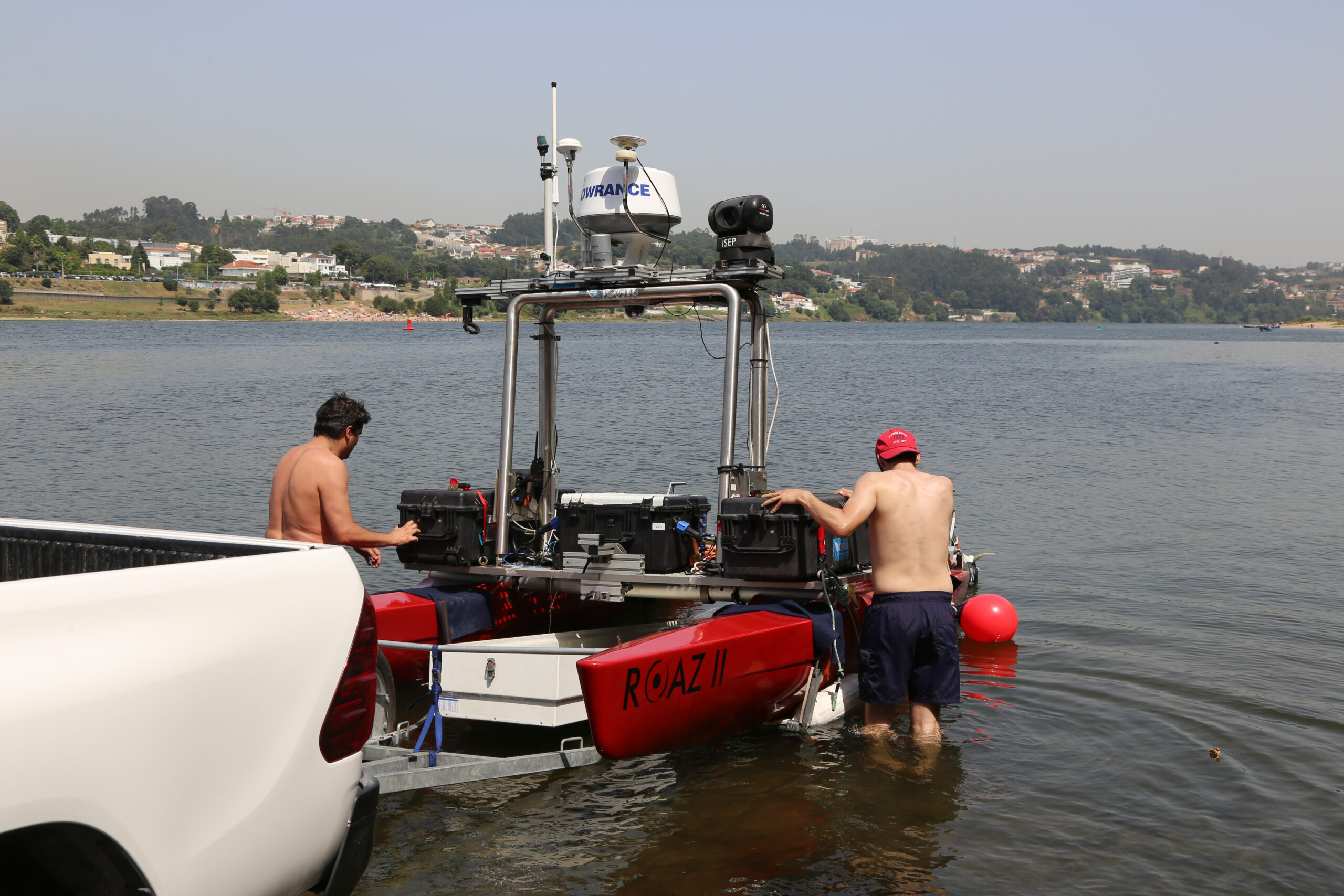
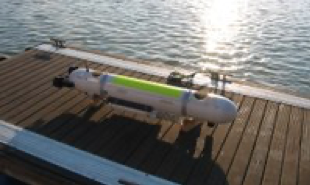
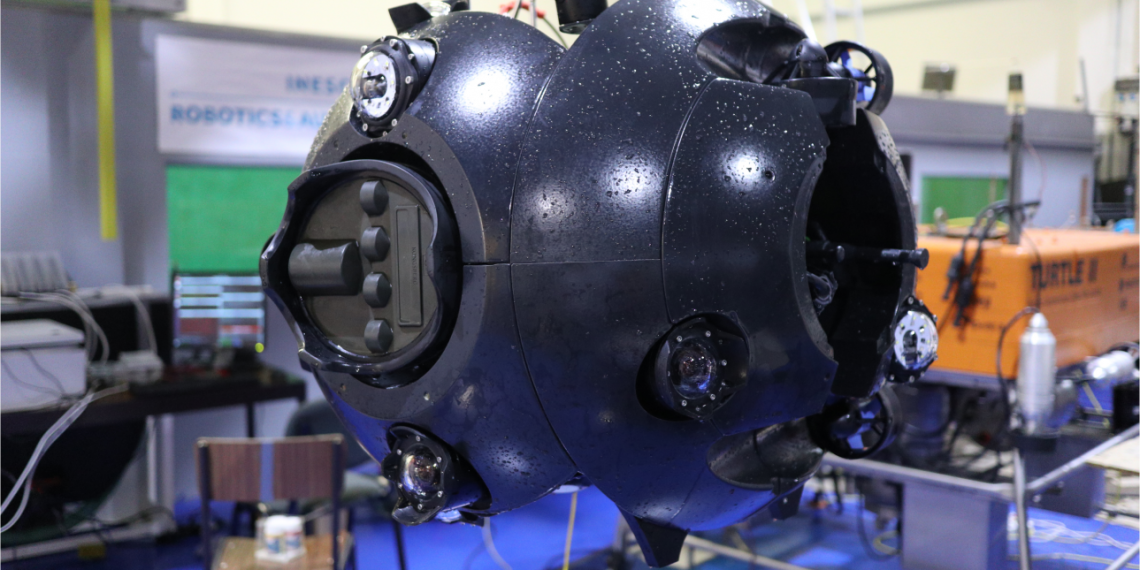
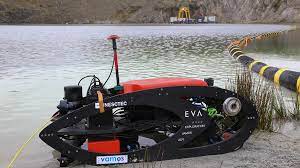
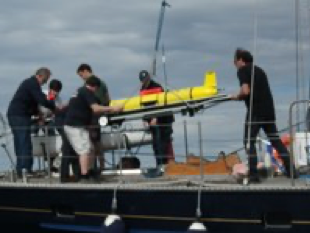
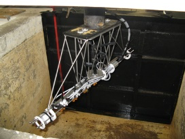
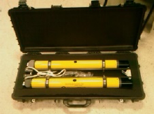

Laboratories
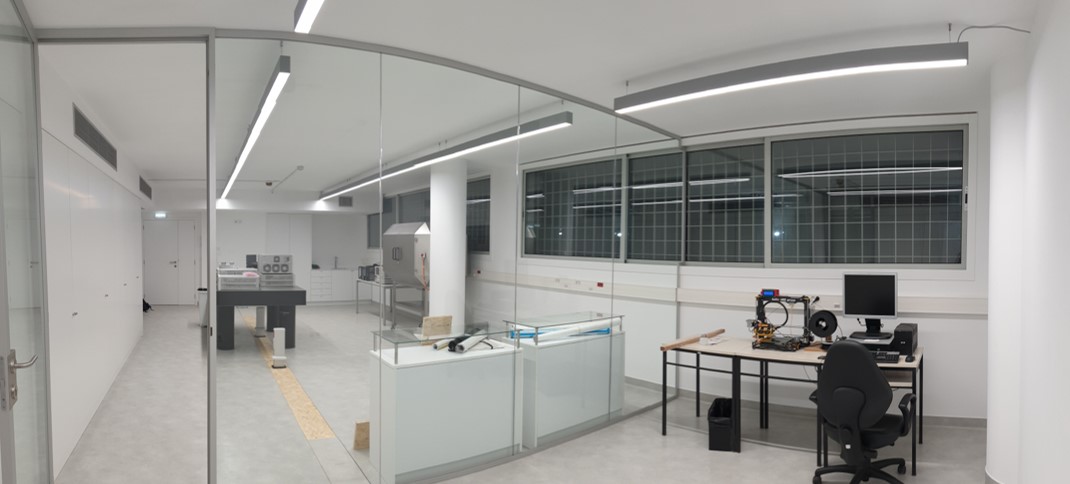
Optical and Electronic Technologies Laboratory
This laboratory has generic capabilities in the area of electronics and optics. It has the capabilities to perform BER (bit error rate) tests up to 13 Gbps, and to characterize optoelectronic devices up to 20 GHz and electronic devices up to 50 GHz.
Notable equipment:
- Digital Sampling Oscilloscope, Agilent 90000, 20GSamples/s;
- Pattern Generator and Error Detector, Agilent N4901B-100, 13Gbps;
- Vector Network Analyzer, Agilent E8363B, 40GHz;
- Signal Generator, Agilent E8257D, 40GHz;
- Vector Signal Generator, Rohde and Schwarz SMJ100A, 6GHz, 100MHz bandwidth;Electrical Spectrum Analyzer, Agilent E4448A, 50GHz, Options: Ext. Mixer, Digital Demod., Noise Figure, Phase Noise;
- Lightwave Component Analyzer, Agilent E8703B, 20GHz, 1550nm optical modulator/photodetector;
- Optical Spectrum Analyzer, ANDO AQ6317B, 0.1nm resolution;
- Oscilloscope Mainframe, Agilent 86100C, with 40GHz Optical / 50GHz electrical module;
- Optical Receiver, Agilent, 10GHz;
- Others: Laser diode controller, Mach-Zehnder Modulator 12GHz with driver, Electro-Absorption Modulators 40GHz/60GHz with driver, Direct Modulation Laser 12GHz with TEC controller, Bench-top EDFA, Optical Attenuator MM/SM, Tunable Laser 1510nm-1590nm, Optical Polarization Controllers, Time Interval Analyzer/Counter with 8ps resolution, Optical/RF Splitters and circulators.
Robotics and Intelligent Systems Laboratory
The Robotics Lab has the equipment and tools required for integration of payload system onboard robotic platforms (at the mechanical, electrical, and computational levels). It is also equipped with two test tanks (LxWxD dimensions: 10m x 6m x 5m and 4.5m x 4.5m x 2m) where underwater systems can be tested, as well as two hyperbaric chambers that go up to 200 and 400 bars respectively.


Optoelectronics Laboratory for Sensing Technologies
The optoelectronics lab has state of the art equipment and tools for the design, fabrication and test of fiber optic based sensing systems.
The capability of fabricating fiber optic devices like fiber Bragg gratings, long period gratings, tapers, couplers and interferometers, provide great versatility in the design of new optical sensing systems. Also coating systems (evaporation, sputtering, polymer coating) allow to explore new functional materials like thin films and nanostructured materials with enhanced sensing properties.
A range of optical sources, spectrum analyzers, laser scanning units allow to test and develop new interrogation systems for real time remote operation using interferometry, absorption spectroscopy (NIR) and fluorescence. A diversity of test facilities is available to characterize the sensors response to mechanical parameters (strain, temperature, vibration), electrical current, gases, and dissolved and volatile chemicals.
Some notable equipment:
- Home designed and assembled Bragg gratings fabrication Units (2X);
- Braggmeter FS2200SA Laser scanning system for remote interrogation of fiber optic sensors;
- Splice and Cleaving Machines (Fitel) for standard, and special (polarization, angle) fiber cleaving and fusion;
- Spectrophotometer UV/VIS double beam, Hitachi
- System for spectral characterization of solutions and solid films;
- Optical Spectrum analyzer ANDO. Fiber optic spectral analyzer for the visible and telecom band (600 nm – 1700nm);
- UV/VI CCD Spectrometer (Ocean Optics). Fiber optic portable USB spectrum analyzer (400 nm – 900nm);
- SRS 844 Lock-in Amplifier, High frequency ( 200 Mhz) lock-in amplifier;
- Ar laser with frequency doubling. UV laser used for photolitographic processes (wavelengths: 488nm and 244nm);
- Double beam FTIR spectrophotometer. System for Fourier Transform Infrared Spectroscopy suitable for chemical analysis;
- Gas Cromatograph. Gas cromatrography system for complex chemical analysis.
CINTAL
CINTAL is located at the University of the Algarve in Faro, and is actually formed by three main laboratories among which the Signal Processing Laboratory SiPLAB that hosts most of CINTAL’s activity in underwater research and technological development.
CINTAL/SiPLAB facilities include underwater acoustic equipment as well as the know-how for their at sea operation. SiPLAB/CINTAL personnel has a long term expertise in carrying sea operations and has performed sea trials worldwide: Hawaii, Norway, Brazil, Portugal, France, and Italy; and actually develops system prototypes for its research.
During at-sea operations CINTAL has collected a large data set of underwater sounds which are available for third parties’ analysis and processing.

Support Infrastructures
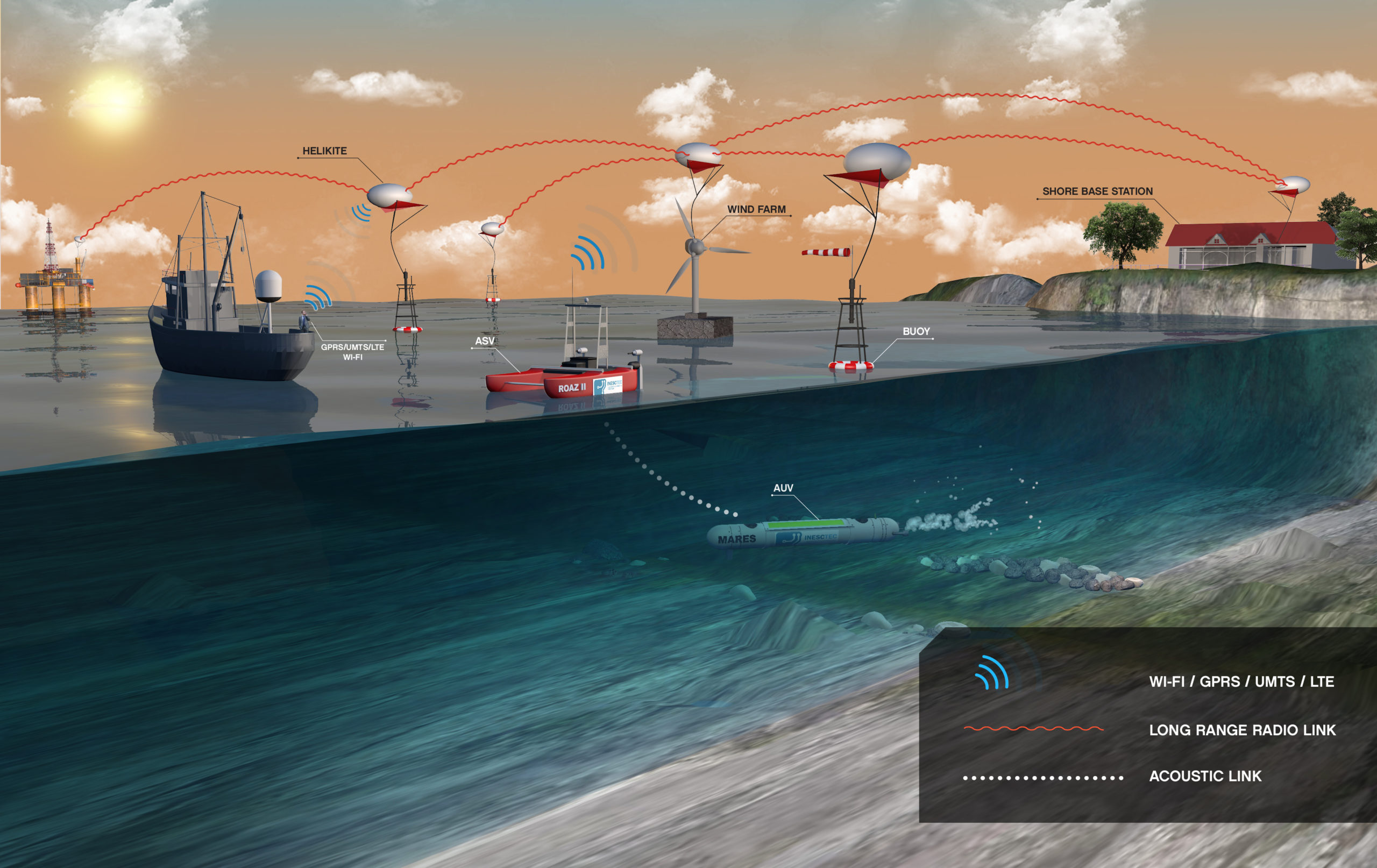
MARBED - MARitime wireless networks testbed
“MARBED is a maritime wireless networks testbed composed of land stations and sea nodes deployed in fishing ships sailing within the coast line of the Porto Metropolitan area up to 10 nautical miles from shore. The testbed is available since April 2013 and in the short to medium-term will evolve to more land stations and ships. Using MARBED we were already able to get pioneer results on Wi-Fi maritime communications, which have shown the feasibility of Wi-Fi long-range maritime communications, but also the myriad of problems and challenges that still need to be faced in this new environment towards the Future Internet.”
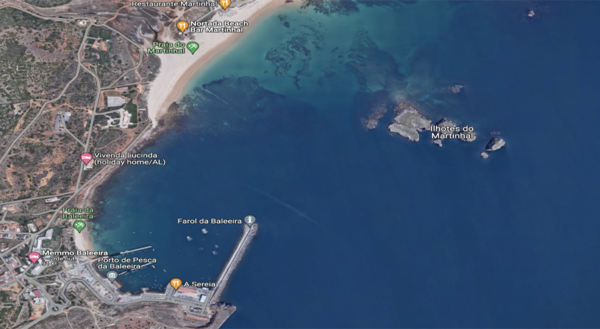
Offshore acoustic lab
TEC4SEA is also in the final steps of implementing a (cabled) offshore acoustic lab, to support the realization of acoustic experiences and measurements, located at the Docapesca premises, in Sagres, Algarve, and close to the Martinhal islets. This lab is expected to be concluded and operational in the first semester of 2022.
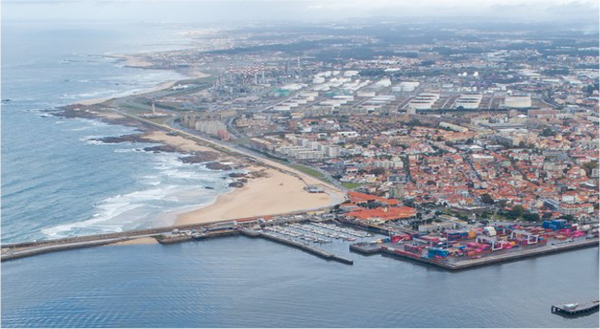
Harbour installations
To allow fast and easy access to the ocean, TEC4SEA has installations at the harbour of Leixões, one of Portugal’s major seaports, near the city of Porto. These installations can support and provide working conditions to a deployed team of researchers whose project may require frequent and fast access to the water, for equipment test and validation.



